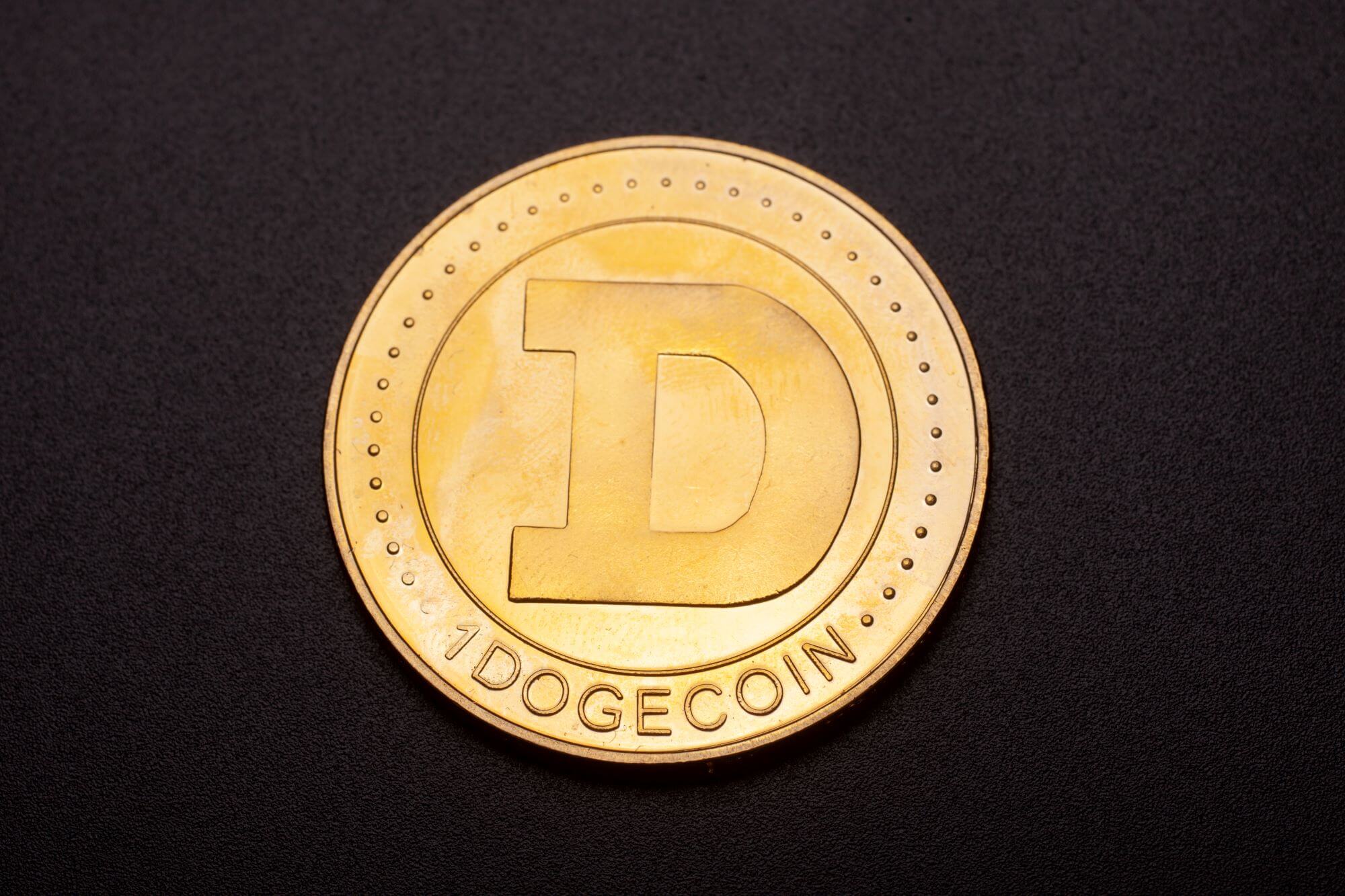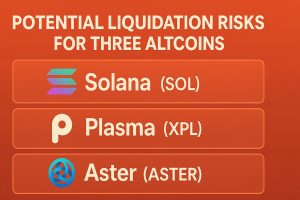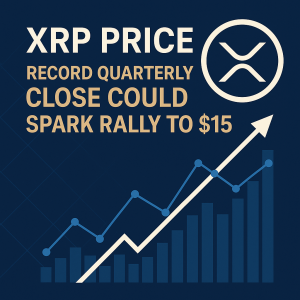Dogecoin rebounded from the $0.21 support on August 31, reclaiming short-term momentum after a volatile week and putting a classic cup-and-handle setup back on the table with a measured objective near $0.30.
The move followed a brief dip to the $0.21 area late this week, a level that has repeatedly attracted buyers through August. Each test drew higher spot volumes on major exchanges, indicating that bids are concentrated around the same price band where selling pressure recently peaked. That reaction, coupled with a stabilizing crypto backdrop over the weekend, helped DOGE pivot back toward the mid-$0.22 zone and probe the $0.23 breakout area watched by technicians.
At the heart of the bullish argument is the emerging cup-and-handle formation on the daily chart. The “cup” developed across August as price rounded up from the $0.21 lows toward the mid-$0.23s, while the “handle” carved out during the late-month pullback. If buyers can confirm a clean daily close above the $0.23 neckline, chart projections imply a path toward $0.27 initially and, by extension, a retest of the psychological $0.30 region where sellers capped rallies earlier in the summer.
Context from recent sessions matters. On August 29, Dogecoin slid roughly 5% intraday as risk aversion picked up, briefly leaving the token on the brink of losing its August floor. Exchange data later showed that the $0.21–$0.215 pocket absorbed the heaviest spot selling, setting the stage for Saturday’s rebound. The persistence of that floor throughout August—and its ability to withstand bouts of broad-market stress—strengthens its role as immediate support.
Order-book structure now centers on two nearby levels: resistance around $0.23, where the neckline sits and resting offers have clustered, and support at $0.21, where bids continue to refresh. A decisive move through the former would shift attention to the $0.25 congestion band and the round-number magnet at $0.30. Failure, by contrast, would reopen a range back to $0.21, with little notable demand until the upper-$0.20s rebuild.
Derivatives signals have been constructive into the bounce. Open interest stabilized after the late-week washout, implying that forced deleveraging may have run its course. Pricing on perpetual futures narrowed toward spot, and funding rates flattened—conditions that often precede directional continuation if spot flows keep leaning bid. What the market needs to see next is follow-through volume on any $0.23 break; without that, false starts remain a risk.
On-chain activity offers a second tailwind. August wallet-tracking tallied sizeable accumulations by larger holders following each test of the $0.21 area, even as some whales sent tokens to exchanges during the dips. The push-pull reflects a market still redistributing supply after July’s swings, but the net effect near support favored absorption by longer-horizon buyers. Sustained net outflows from exchanges on green days would validate the constructive read.
Macro and sector drivers also factor into the setup. Bitcoin and ether’s choppy action into the U.S. macro calendar compressed altcoin ranges for much of the week, yet several high-beta tokens showed signs of basing before the majors stabilized—an unusual sequencing that some analysts read as early strength. If majors hold steady into the new month, beta rotation could give DOGE the liquidity it needs to complete the handle breakout.
For holders and traders, the implications are clear. A confirmed daily close above $0.23 would unlock a tactical run into $0.25 and then the bigger battleground at $0.30, where sellers previously defended aggressively. Momentum failure at the neckline keeps DOGE inside a $0.21–$0.23 range and preserves the risk of another liquidity sweep of the lows. Managing risk around those levels—using invalidation below $0.21 for breakout attempts or trimming into $0.25–$0.27 overhead—remains the pragmatic approach.
Looking ahead, traders are watching three dials: spot volume on any $0.23 break, exchange-reserve trends that signal whether supply is tightening, and derivatives metrics (open interest and funding) confirming that new longs are backing price rather than chasing it. With those aligned, the cup-and-handle blueprint points squarely at $0.30; without them, the pattern risks stalling into yet another rangebound week.
Where is the key breakout level?
Traders are focused on a daily close above $0.23. That clears the cup-and-handle neckline and opens room toward $0.25–$0.30.
What level supports the bullish case?
$0.21 has acted as a durable floor through August. Holding that zone keeps the setup intact; a clean loss would negate the pattern.
What confirms follow-through after a breakout?
Rising spot volume, stable or rising open interest, and neutral-to-positive funding. Together they indicate real demand rather than a fade.







